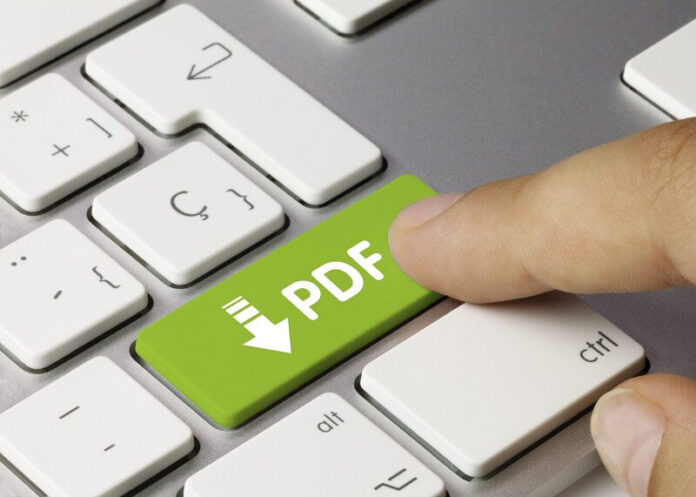People use a ton of data watching Netflix and liking cat photos. On average, a person consumes approximately 500 GB of data per month.
That data comes in the form of endless files, all with drastically different formats. Many are completely incompatible with each other. File conversion allows you to transform a file into the extension type you need.
File converting is usually easy, but it comes with some need-to-know caveats. Let’s look at five things to keep in mind about file conversion.
1. File Conversion Can Cause Loss
It’s important to understand that converting different file types won’t always result in one-for-one conversions. That is, you may experience a degradation in quality after a conversion. This is very common when it comes to “lossy” conversions.
For example, converting an MP3 file to an AAC file will produce a lower-quality file since both are lossy. There will be fewer details, and unwanted artifacts may occur. If quality is essential, then make sure to convert from lossless files.
2. Choose the Right Document
File compatibility largely isn’t an issue these days. Most programs are able to open most or all files in their purview. For example, Microsoft Word can open Apple .pages and .odt files.
That said, there may be cases where you need to select a highly compatible file like PDF. This file will work in browsers, word processors, and online cloud computing platforms. You may also require a PDF library C# to ensure you get the intended result.
3. Check Privacy Policies
Most basic PDF readers and editors are free to use for online files. Still, it’s important to determine what a company’s financial incentive is. Many companies subsidize their free versions with paid and pro versions from other users.
However, a fully free PDF library might be selling your data on the backend. Check their privacy policy to see what information they collect and how they use it.
4. File Size Limits
Make sure that the converter you are using supports your file size. You most likely won’t have to worry about this. The average PDF is only going to be a few megabytes at most.
If you are working with large files, though, your converter may not support them. You may have to pay for a professional version to get unlimited file sizes.
5. Look for Batch Conversion
It’s not a very good use of time to sit there converting files one by one. Fortunately, many converters support batch conversion. This happens when you upload as many files as you want, and the program converts them one at a time automatically.
Batch conversion comes with other nifty features as well. You can set conversion outputs for individual files based on type, keyword, and other parameters. This allows you to reduce time-consuming, tedious tasks into a handful of clicks.
Convert Your Files Today
File conversion is usually as simple as uploading a file and clicking “convert.” Just keep in mind quality issues with lossy files, size limits, and output document types. Take the time to check the company’s privacy policy and whether they offer productivity features like batch conversion.
Follow our blog for more great articles.
